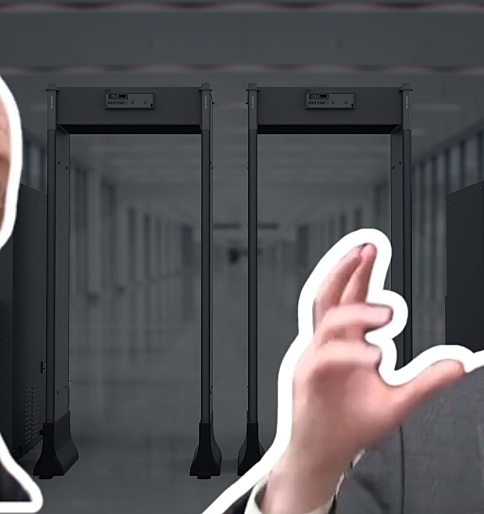The Great Jewish Awakening
The most common Jewish reaction to rising antisemitism has not been laying low and hiding one’s identity, but rather an increase in Torah learning and mitzvah observance and a stronger connection to the Jewish community.

The most common Jewish reaction to rising antisemitism has not been laying low and hiding one’s identity, but rather an increase in Torah learning and mitzvah observance and a stronger connection to the Jewish community.

Kiruv professionals—working with all demographics—stress that they cannot single-handedly reach the many unaffiliated Jews across the country who are searching for connection in the post–October 7 world. It’s time for all hands on deck.

We conceptualize teshuvah as movement across this scale, from less to more. But on October 7, a spiritual sea change seemed to sweep across our people that rendered this model simplistic.

In commemoration of the first anniversary of October 7, we asked readers to tell us how they were impacted by a day that will live on forever in our hearts and souls.

A look at OU Israel’s Teen Centers

How technology and professionalization are reshaping the eruv industry

The demand for eruv professionals like Rabbi Shotkin has grown in recent decades. “Eruvin are everywhere,” the rabbi says.

Pro-Palestinian agitators have found a new venue for their hate-filled protests—our shuls.

These days, instead of strengthening Torah learning and observance, rabbis need to spend much time and effort on security matters. Can we draw any chizuk from the current situation?

The design of the etrog box has proved to be inspirational for many Judaica artists, sparking their originality and craftsmanship.

What role, if any, should emotions play in our avodas Hashem?

The director of the OU Impact Accelerator shares a glimpse at the innovative response to adversity and crisis

Can you pronounce “Worcestershire sauce”—and why is it labeled OU-Fish anyway?

Misconception: Due to the lack of a properly anointed king and the absence of the urim v’tumim, the defensive wars fought by the modern State of Israel, including the current war, are not halachically classified as milchemet mitzvah—a war that is a mitzvah, and thus the unique halachot pertaining to a milchemet mitzvah are not applicable.

Beyond hanging in the sukkah, what does one actually do with a gourd?

The following essay is excerpted from “Festivals of Faith: Reflections on the Jewish Holidays” by Rabbi Norman Lamm, edited by Dr. David Shatz and Rabbi Simon Posner (OU Press/Ktav, 2011). This sermon was delivered by Rabbi Lamm in 1961.

Avot is all about tradition, and as Dr. Weissman notes in his introduction, Rabbi Schachter brings with him to every shiur a rich and weighty mesorah.

Finding material and appropriate examples each week has not always been simple, and I was thus very pleased to discover the “Masters of the Word” series by Rabbi Yonatan Kolatch [. . .]

The rabbi did not know any of the men and women of Be’eri for whom he undertook to recite Kaddish until September of 2024. Strangers, all. . . . [Except that] now they are connected by the words in Aramaic he recites three times a day.

Life after Teshuvah: Five, Ten, and Twenty Years Later; Pesikah KaHalachah (Hebrew)

Truly, I find pineapples tedious. But this call wasn’t about me. It was about helping a farmer during a war that threatened so many livelihoods, another heartbreak of this existential battle.